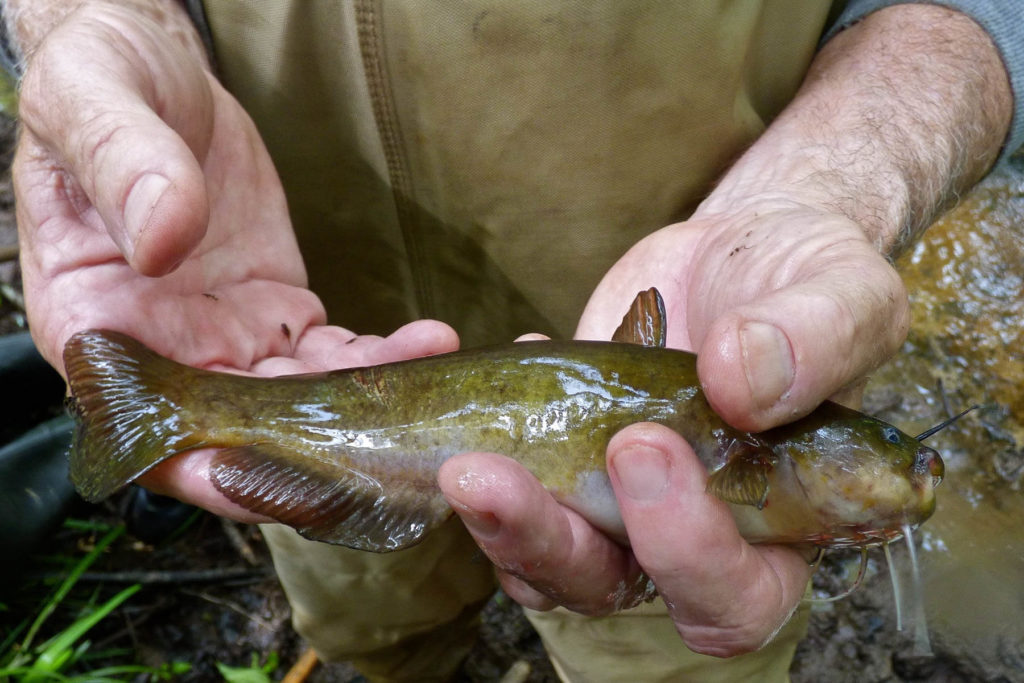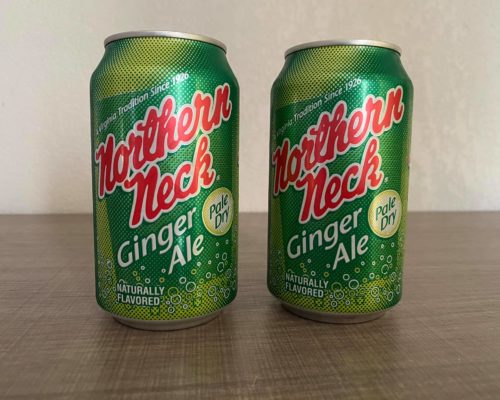It’s a first in Maryland: the state’s Department of the Environment is warning people not to eat fish from a Potomac River tributary—because the levels of “forever chemicals”, or PFAs, are so high.
Fish in Piscataway Creek, in the Fort Washington, Prince George’s County section of the Potomac, were sampled and tested for PFAs (per- and polyfluoroalkyl substances). Based on what they found, Maryland Department of the Environment (MDE) recommend limiting consumption of redbreast sunfish and yellow bullhead catfish in the non-tidal part of Piscataway Creek and largemouth bass in the creek’s tidal headwaters. The map and table below show how frequently different groups should consume these fish:
MDE began testing for PFAs in its fish tissue-sampling program in fall 2020, and this is the first time it has issued new guidelines based on elevated concentrations it found. Sampling done last year in the Chester, Choptank, Corsica, Elk and Wicomico rivers and Isle of Wight and Chesapeake Bay on the Eastern Shore showed no concerning levels.
PFAs are human-made chemicals used in carpeting, stain and water-resistant fabrics, cleaning products, paint, cookware, food packaging, and firefighting foam. They are found in the Chesapeake region in soil, surface water, groundwater, and seafood.
The U.S. Environmental Protection Agency (EPA) finds that exposure to these chemicals at certain levels can be dangerous for babies’ development during pregnancy or breastfeeding, and also increases risk of cancer, and damage to the immune system and organs.
“Maryland is committed to reducing the risks of PFAS chemicals in our state and continuing our close coordination with scientific, local, state and federal partners,” said Maryland Environment Secretary Ben Grumbles. “Our focus on PFAS in fish tissue and the resulting consumption advisory is another step forward in understanding, communicating, and reducing the potential for harm.”
MDE is expanding sample collection in the larger Potomac area between fall 2021 and fall 2022 and targeting other bodies of water that have been identified as having potential sources of PFAs nearby. It will also target locations popular with anglers and fishers who eat their catch.
To learn more about MDE’s plan to better safeguard against citizens’ exposure to PFAs, go to mde.maryland.gov/MDandPFAS.
–Meg Walburn Viviano




